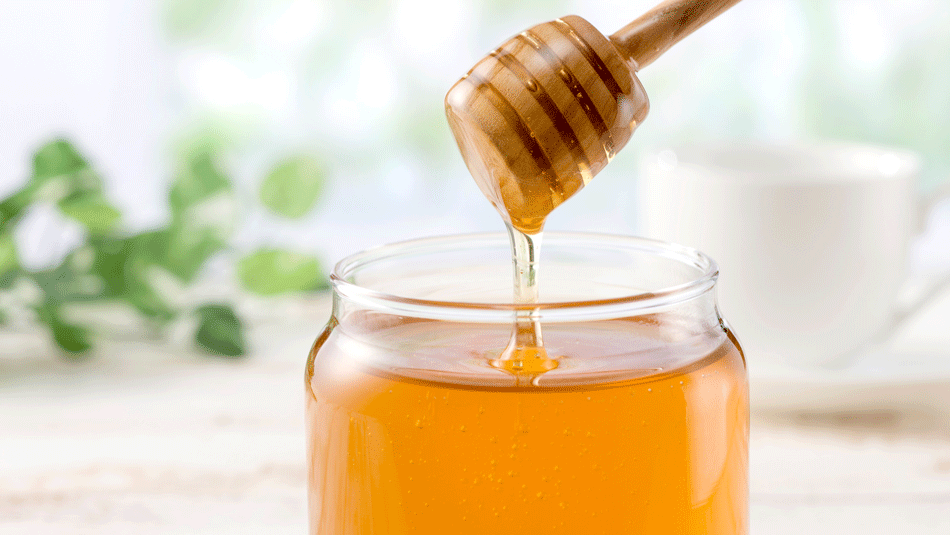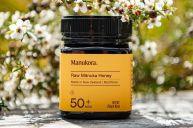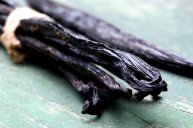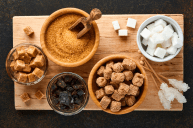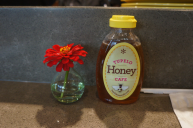You might think of honey, like any other single ingredient food, as being hard to fake. In fact, much of the honey sold on grocery store shelves is not pure honey—it's either been processed to remove the pollen, has had corn syrup added to it, or even worse, has potentially harmful antibiotics in it.
Videos by Wide Open Country
It's called honey laundering, and it's a big problem here in the United States.
Why honey?
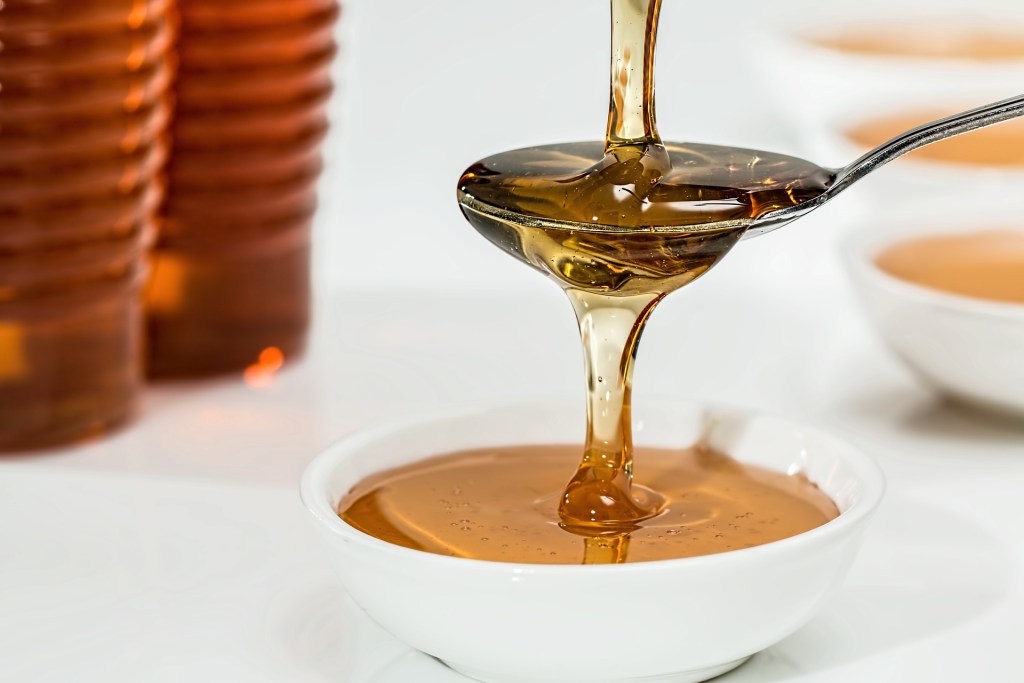
Honey is an incredibly beneficial food. It's a proven remedy for sore throats and coughs, it's a natural sweetener, and if you like DIY-skincare, you know that honey is a great for your skin.
But honey is also used by commercial producers in their food products. According to the American Mead Makers Association, a new meadery opened up every three days, on average, in 2017. And there is a growing popularity of honey-based products, including honey infused with peppers or whiskey and jellies sweetened with honey.
As such, there's a high demand for honey from both culinary creators and home cooks. In 2016, the U.S. per capita consumption was 1.61 pounds (25.8 ounces) of honey per person. That's up from 1.51 pounds per person in 2015. In 2006, on average a pound of honey cost $1.91 at the grocery store. By 2016, that number had grown to $4.62. Honey is a big business with a big profit.
Where does your honey come from?
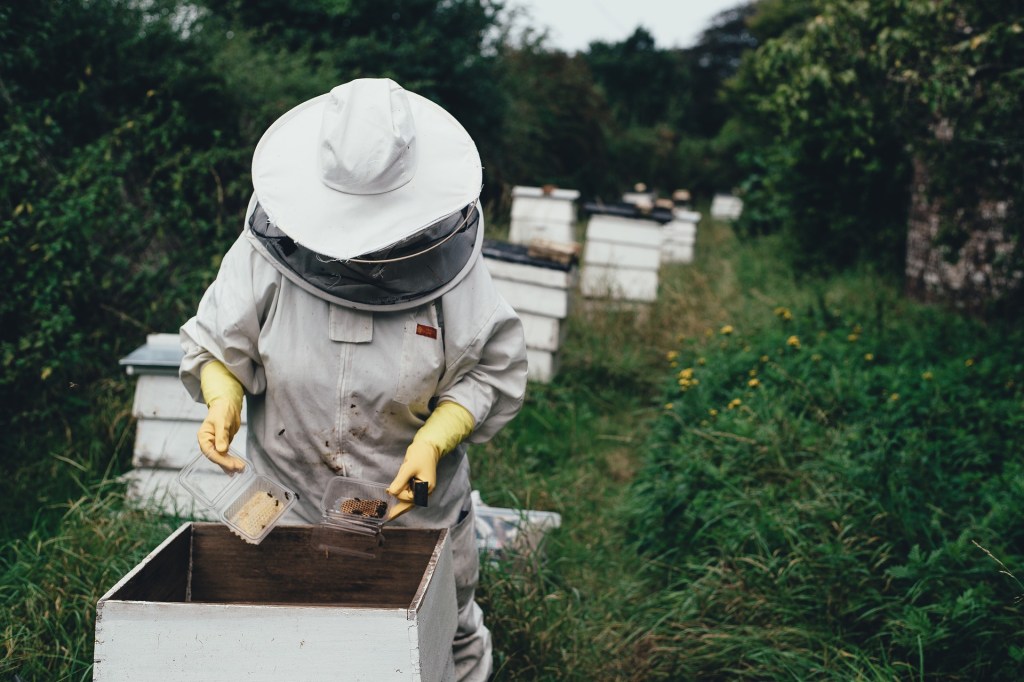
You've probably heard about "colony collapse," or the fact that honey bees are dying off and scientists and bee farmers don't know why. It's one of the reasons why the price of honey continues to go up—more demand plus less product equals a higher price.
Producing honey is not easy, especially when you're talking on a commercial scale. Only 29 percent of the honey consumed in the U.S. is actually produced domestically. In 2016, 162.6 million pounds of honey were U.S. made, while 369.3 million pounds were imported from countries like Argentina, Vietnam, Canada, India, Brazil, and Mexico.
However, that list of countries doesn't tell the whole story. China is a massive producer of honey, and much of what is found in U.S. grocery stores is Chinese imported honey.
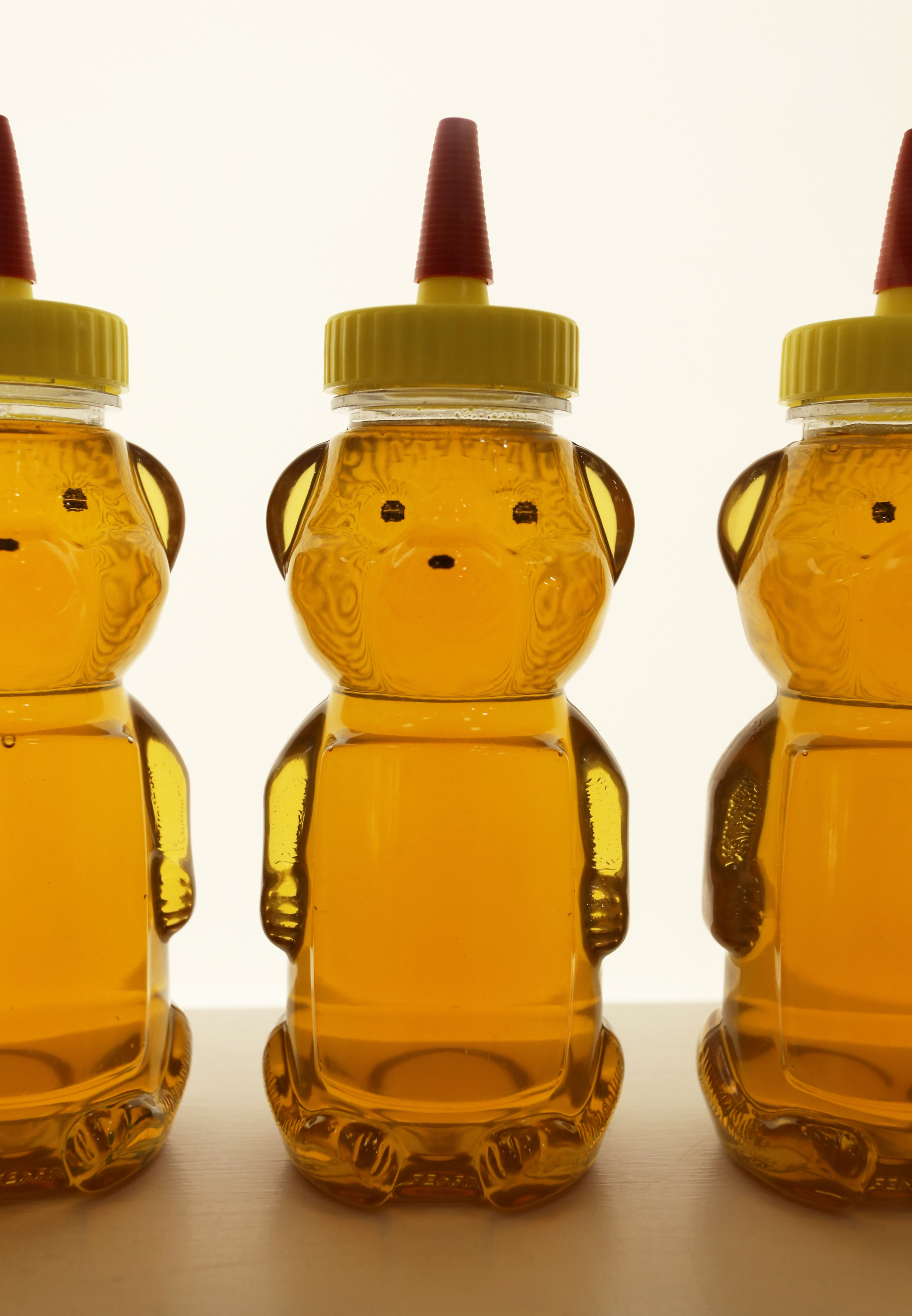
Honey laundering is a serious concern with imported honey. Chinese producers often add a step to their honey production called ultra-filtration, a process that removes all the beneficial pollen from the honey and has two results: It makes the honey more shelf-stable, and it also removes any way to tell the original country of origin.
Chinese imported honey has also been found to contain chemicals like chloramphenicol, an antibiotic banned in the U.S. that has been linked to cancer and is dangerous to some people. Imported honey has also been found to be a fraud, with high-fructose corn syrup or rice syrup added to the honey.
In 2008, because of these problems, the U.S. placed high tariffs on honey imported from China. This tariff was supposed to cut down on the amount of tainted honey and ultra-filtered honey coming in from China.
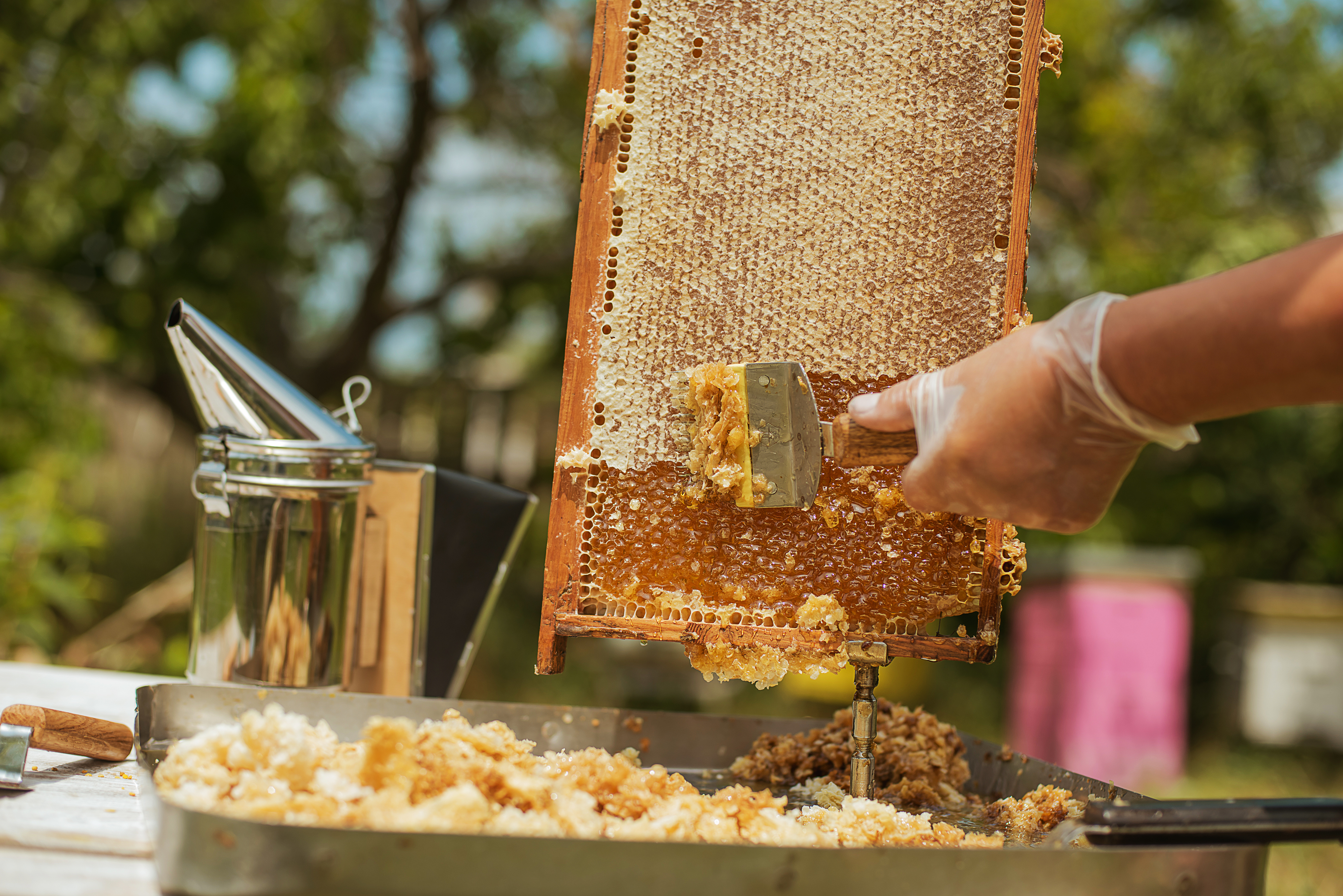
Instead, Chinese exporters started selling to middle-man countries, who then send it to U.S. importers so that the label on the honey doesn't say "made in China." While U.S. importers often test the product to ensure quality and authenticity, any honey they find a problem with often goes back to the seller, who then turns around and sells the bad honey again, this time to someone who won't test it.
In June 2016, Homeland Security Investigations and Customs and Border Protections seized 60 tons of fake honey in the Chicago suburbs as part of the largest food fraud investigation in U.S. history. The honey is being stored in a government warehouse in Texas.
What are producers doing to prevent honey laundering?

True Source Honey
Currently, there is no federal standard to test and report honey laundering. Some U.S. states, including Florida, California and North Carolina, have imposed a standard of identity for honey, and many individual companies perform rigorous testing before they put a product on the shelf. However, companies are not required to report tainted honey to the U.S. Food and Drug Administration (FDA).
True Source Honey is an organization formed by American honey producers and honey industry participants to protect consumers and customers from illegal practices and to highlight and support legal, transparent, and ethical sourcing of honey.
They offer a "True Source Certified" and "Made with True Source Certified Honey" label to honey companies and food and beverage manufacturers that use honey in their products. The program provides traceability from hive to table, said Gordon Marks, the organization's executive director.
About 30 percent of honey sold in North America is True Source Certified.
What Can You Do?
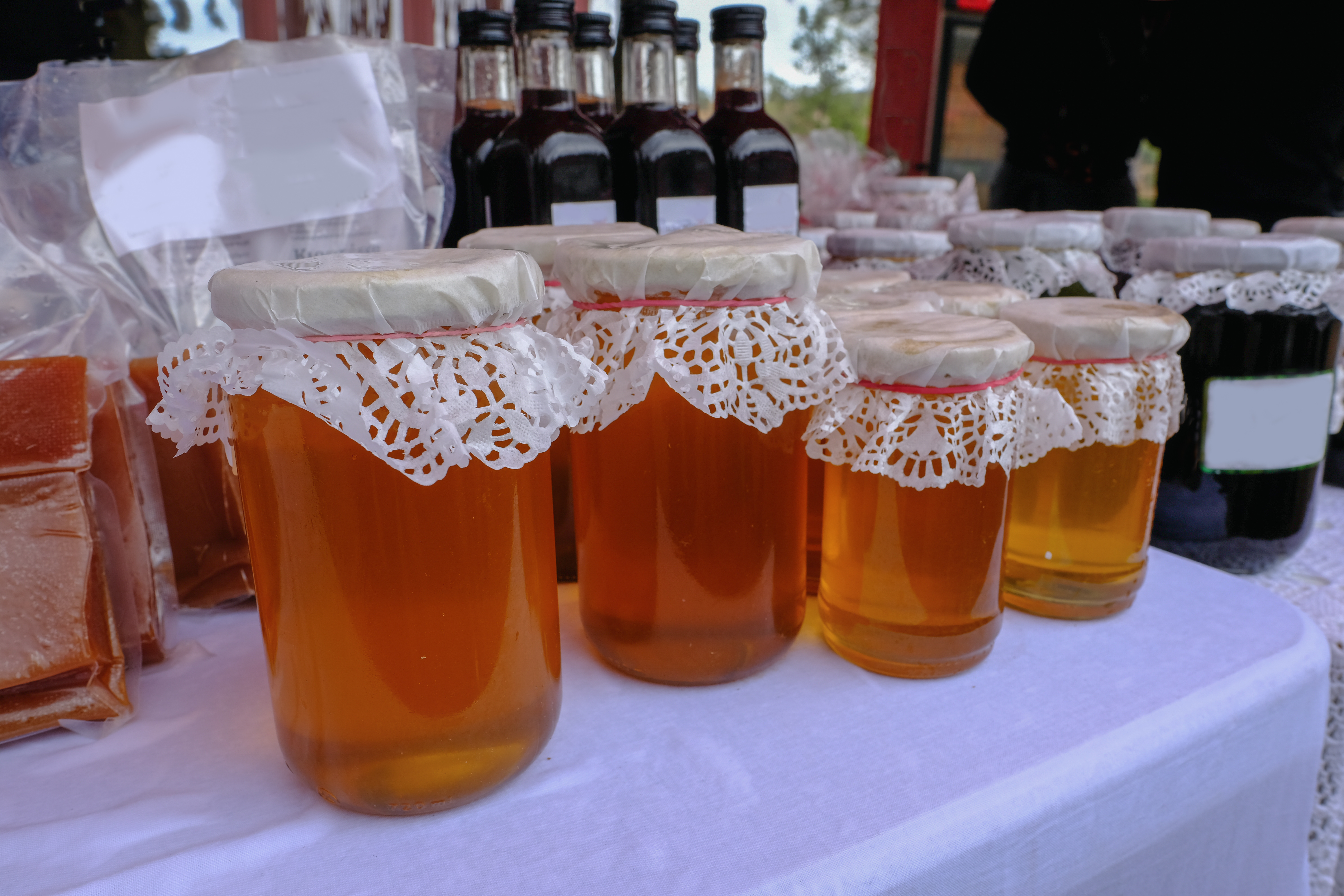
Buy local and buy certified. Honey is produced in every U.S. state, so chances are if there's a farmers market or locally-owned grocery store in your area, you can find a local producer of honey.
If you don't see certified honey at your store, ask for it. If consumers demand a higher-quality product, stores will stock that instead.
Know that honey isn't cheap. It's tempting to buy the really inexpensive stuff, but remember: You get what you pay for.
